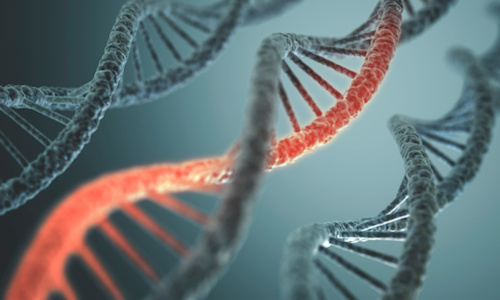
The contribution of individual cells to aggregate phenotypes is of increasing interest in biology, as is evident in the rise of technologies that can resolve cell-level details from the blur of population-level generalities. Among these technologies is RNA sequencing (RNA-seq), which can take snapshots of the transcriptome, capturing fleeting expression profiles, zooming in on single cells, and exposing cell-cell variations.
At present, RNA-seq is helping researchers take a fresh look at biological phenomena such as development, malignant transformation, and the behavior of microbial populations. Already, the new views are yielding conceptual advances.
“Over the years, we have become increasingly aware that what we once treated as homogeneous populations of cells are, in fact, heterogeneous,” said Alex K. Shalek, Ph.D., a core member of the Institute for Medical Engineering and Science at MIT. “In parallel, we developed a greater appreciation for the different cellular players that are involved in shaping systems-level phenotypes.”
One of the fundamental problems in dissecting the link between genotype and phenotype is that biological samples are usually complex mixtures of cells. In certain cases, such as with blood, there is a relatively good agreement as to the identity of the major cellular components. “In other cases, such as with tumors, there are unknown mixtures of different cell types and states that drive the ensemble behaviors we observe,” added Shalek.
One of the promises of single-cell genomics is the possibility of performing transcriptome-wide analyses of the genes expressed by each cell. By uncovering patterns in gene expression and co-variation, researchers can identify what cell types are present and which pathways are active or silent.
To read the full contents of this article click here.






![AI Algorithm Could Reduce Breast Cancer Mammogram False Positive Rate The primary goal of the Paradigm Registry is to accelerate tumor profiling based on disease biology. [iStock/LilliDay]](https://www.insideprecisionmedicine.com/wp-content/uploads/2019/01/307-218x150.jpeg)




